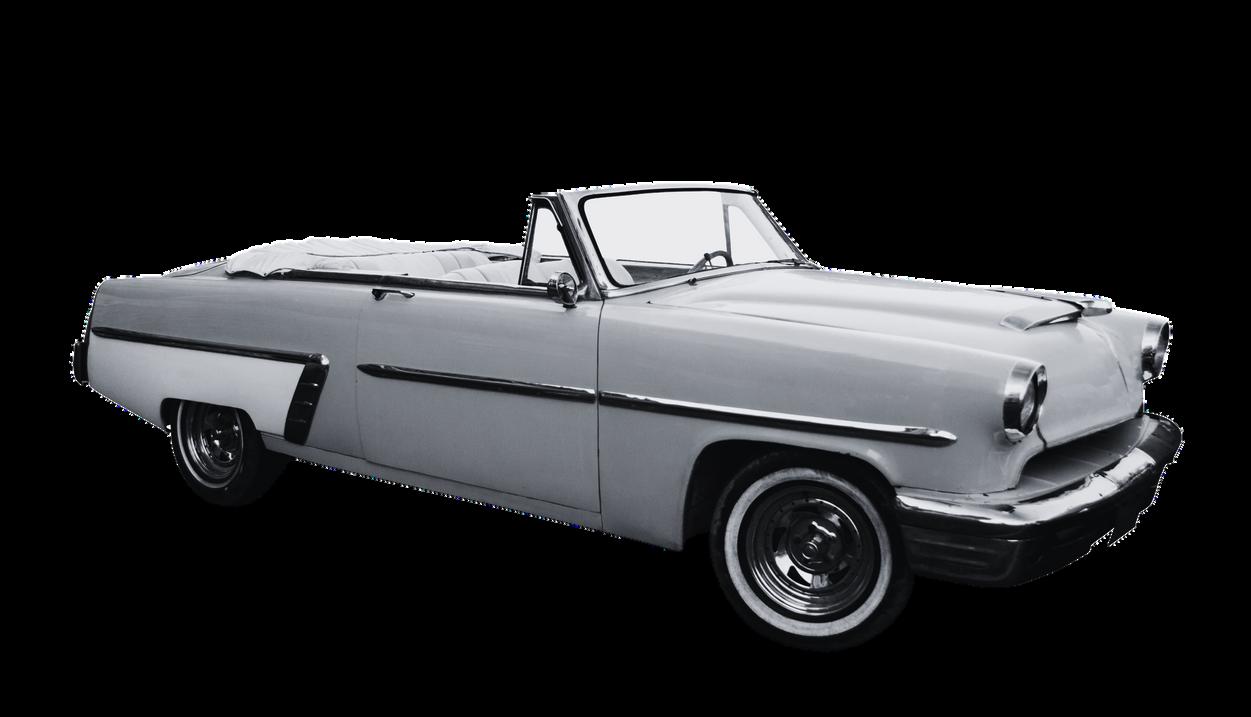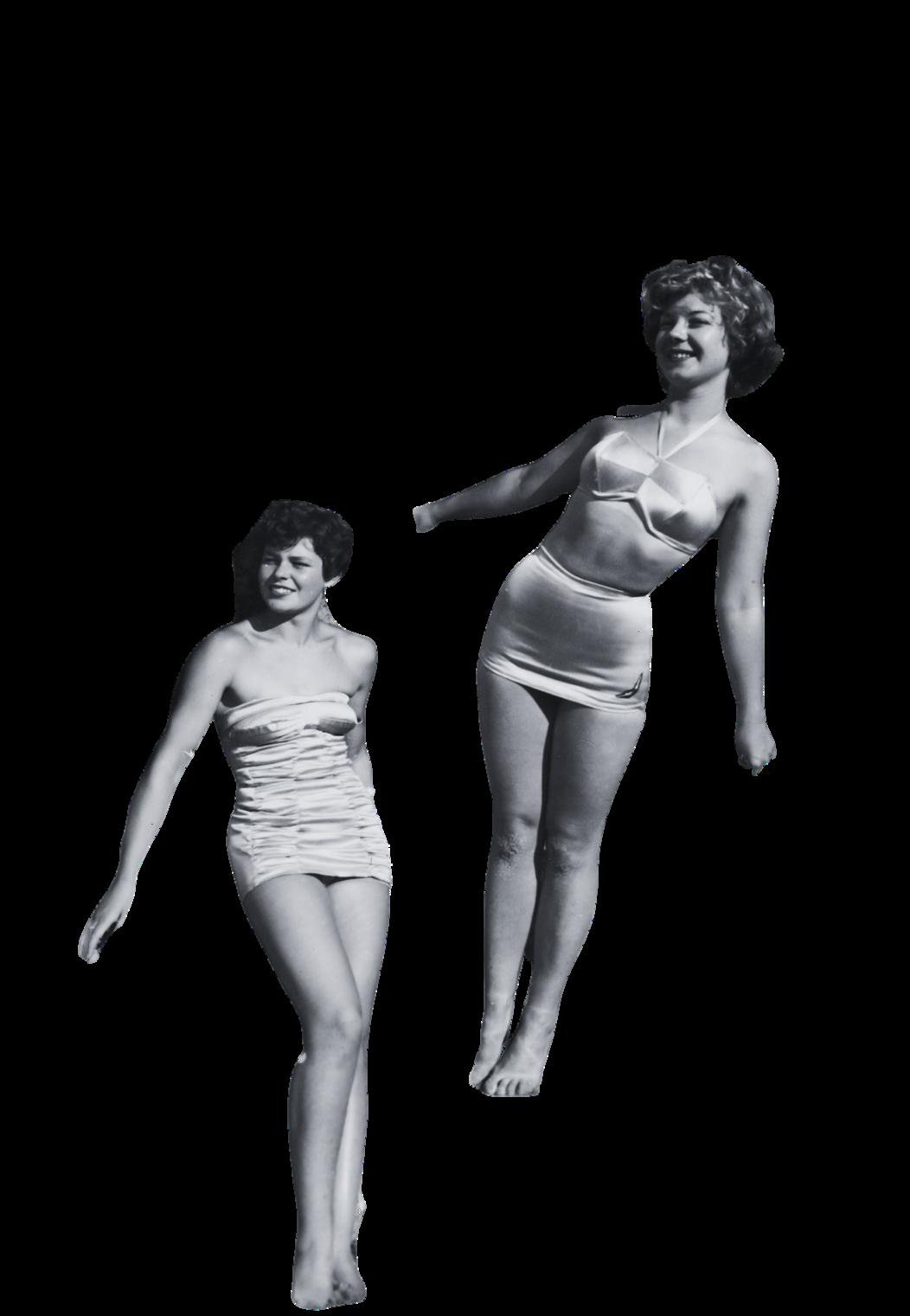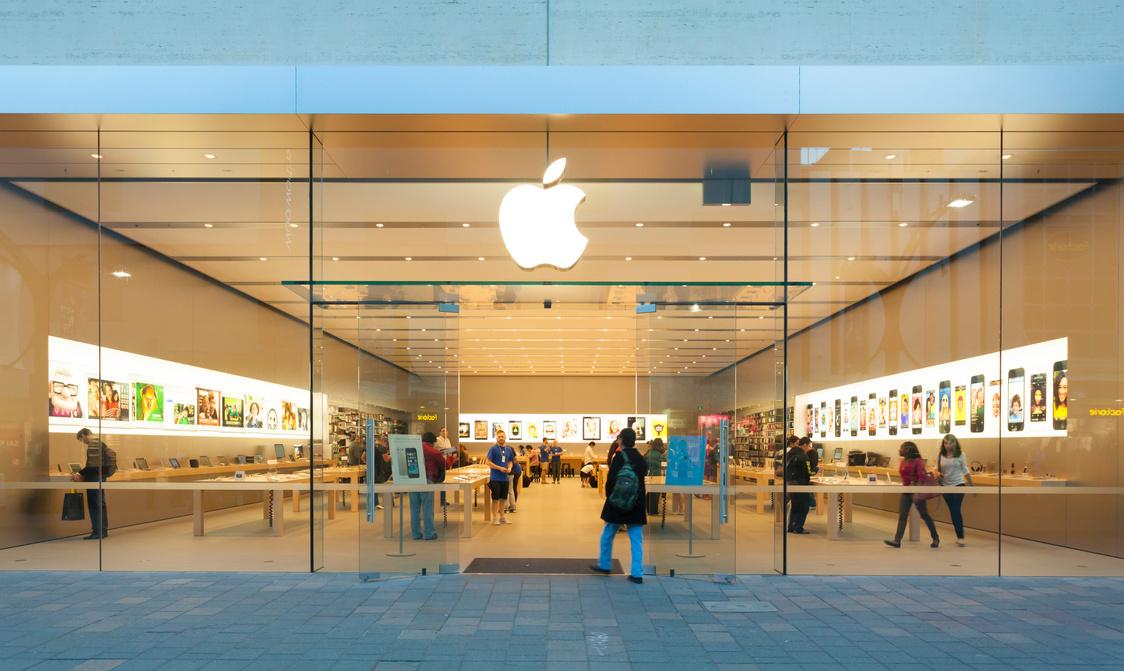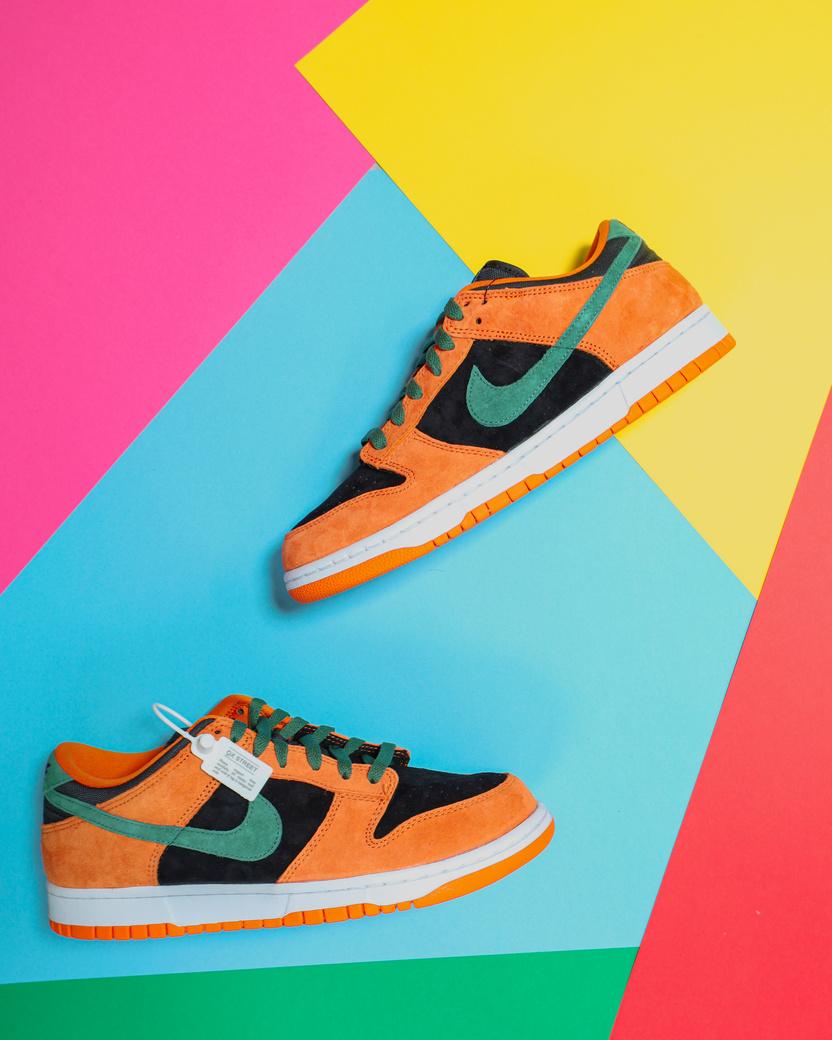
1 minute read
the A D Space
Take a Trip Through Marketing History
Since the advent of mass media, advertising has played a pivotal role in shaping consumer behavior and driving economic growth. Advertising is a key tool for business owners. Without advertising your business will be invisible to clients. Over the years, the advertising industry has witnessed remarkable transformations, reflecting the cultural, technological, and societal changes of each era. From the creative genius of the 1950s Mad Men era to the digital revolution of today, let's take a trip through time and explore the fascinating journey of advertising trends from the 1950s to the present day.
Advertisement
The 1950s
marked the rise of television as the dominant medium for advertising. With the popularity of TV shows skyrocketing, advertisers recognized the potential of reaching a vast audience through captivating commercials. This era saw the emergence of iconic ad campaigns like the Marlboro Man and the Coca-Cola Santa Claus, which became cultural touchstones. Ads were much more straight forward during this time. Demonstrating the use of the product and its benefits directly to the consumer. The merit of the product sold itself!

The 1960s
As society underwent significant transformations in the 1960s and 1970s, advertising mirrored the changing cultural landscape. Advertisers started to experiment with more artistic and abstract approaches, embracing vibrant colors, and psychedelic visuals. This era witnessed campaigns promoting social causes, reflecting the growing influence of the civil rights and antiwar movements. Brands like CocaCola and Volkswagen tapped into the counterculture ethos to establish themselves as symbols of rebellion and freedom.
The 1970s-1980s
In the 1970s and 1980s, print media advertising flourished as marketers embraced imaginative and visually striking campaigns. Memorable slogans such as "Just Do It" by Nike and "Think Different" by Apple captured the spirit of the times and resonated with consumers. Advertisers sought to create emotional connections, relying on compelling storytelling and groundbreaking visuals.


The 1990s
The 1980s and 1990s witnessed the rise of infomercials, a unique form of long-format advertising that combined entertainment and direct response marketing. Brands like Ginsu knives and the George Foreman Grill made a lasting impact through compelling demonstrations and persuasive calls-toaction, revolutionizing the way products were marketed directly to consumers. Some call-to-actions that were popularized during this time include phrases like “Call Now” or tactics like bundled deals and flash sales. These infomercials set up a problem that their state-of-the-art gadgets could solve with ease. Today this advertising set up is commonplace.

The 2000s
The turn of the millennium brought about a seismic shift in advertising trends with the rise of the internet and digital media Online advertising enabled precise targeting, interactivity, and real-time analytics. Pay-perclick ads, display ads, and search engine optimization became essential tools for reaching the online audience Social media platforms like Facebook, Twitter, and Instagram further transformed the advertising landscape, offering new avenues for engagement and influencer marketing.








